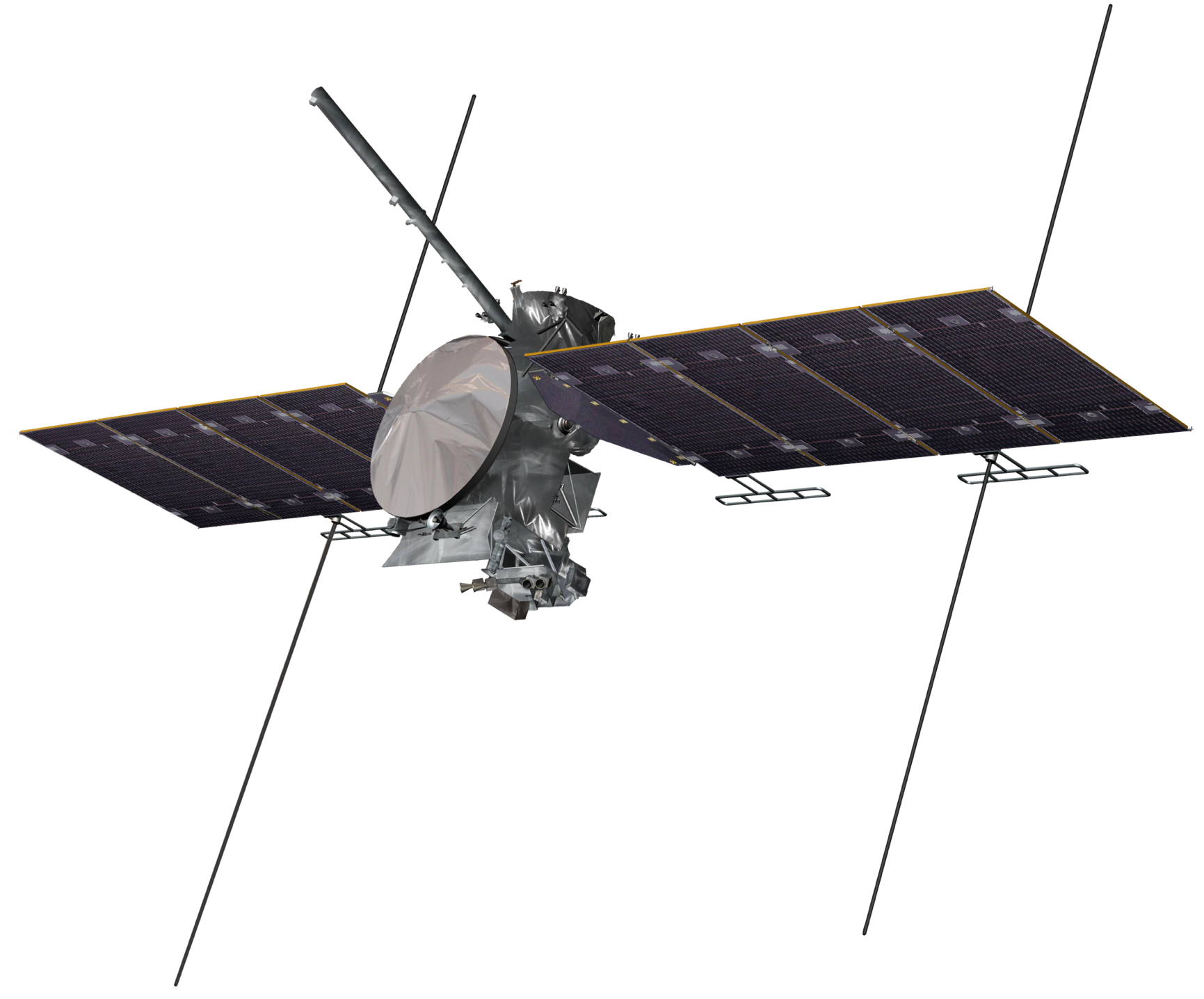Description

Source: Wikipedia
Disclaimer: Copyright infringement not intended.
Context
- NASA's ambitious Europa Clipper mission is poised to explore Jupiter's moon Europa, aiming to unravel the mysteries of its icy surface and potentially discover signs of extraterrestrial life.
Details
- The Europa Clipper mission, previously known as Europa Multiple Flyby Mission, is a significant endeavor by NASA aimed at exploring Jupiter's moon Europa.
Mission Overview
- Objective: Uncover evidence of life on Jupiter's moon Europa by studying its surface and subsurface environments.
- Launch Date: Scheduled for October 2024, the spacecraft will be launched from NASA's Kennedy Space Center in Florida.
- Duration: The mission is expected to span over five years, with a targeted arrival at Europa by 2031.
- Mission Type: Large Strategic Science Mission within NASA's Planetary Science Division.
Objectives:
The Europa Clipper mission aims to:
- Study Europa through a series of flybys while in orbit around Jupiter.
- Explore Europa and investigate its habitability.
- Characterize the ice shell and subsurface ocean of Europa.
- Study the distribution and chemistry of key compounds.
- Investigate the geology and surface features, including potential sites of activity.
Strategy:
- Flyby Approach: Instead of orbiting Europa due to intense radiation, the spacecraft will orbit Jupiter and conduct 44 close flybys of Europa.
- Minimized Radiation Exposure: Wide orbit around Jupiter and several flybys of Europa minimize radiation exposure to the spacecraft.
- Data Transmission: Short duration of close-up observations during flybys balanced with ample time for data transmission to Earth.
- Trajectory Maneuvers: Gravity assists from Europa, Ganymede, and Callisto used to alter the spacecraft's trajectory for multiple close approaches to Europa.

Significance of Europa
- Europa is a prime target for exploration due to its potential to harbor liquid water beneath its icy crust, making it a promising candidate for extraterrestrial life.
- Discovering life on Europa would have profound implications for understanding the prevalence of life in the universe.
Mission Components
- Probe Equipment: Equipped with advanced instruments including cameras, spectrometers, magnetometers, and radar to analyze Europa's surface and subsurface features.
- Clean Room Preparation: The spacecraft is currently housed in a specialized clean room at NASA's Jet Propulsion Laboratory in California, ensuring it remains uncontaminated by Earthly microbes.
- Launch Vehicle: The Clipper spacecraft will be launched aboard a Space X Falcon Heavy rocket, utilizing gravitational assists from Mars to reach its destination.
Instruments:
- Europa Thermal Emission Imaging System (E-THEMIS): Provides high-resolution multi-spectral imaging of Europa's surface in the mid to far infrared bands to detect geologically active sites and potential vents erupting plumes of water into space.
- Mapping Imaging Spectrometer for Europa (MISE): Probes the surface composition of Europa using imaging near-infrared spectroscopy to identify and map distributions of organics, salts, water ice phases, and other materials.
- Europa Imaging System (EIS): Maps most of Europa at 50-meter resolution and provides high-resolution images of selected surface areas to study surface features and geological characteristics.
- Europa Ultraviolet Spectrograph (Europa-UVS): Detects small plumes and analyzes the composition and dynamics of Europa's exosphere using ultraviolet spectroscopy.
- Radar for Europa Assessment and Sounding: Ocean to Near-surface (REASON): Characterizes and sounds Europa's ice crust from the near-surface to the ocean, revealing the hidden structure of Europa's ice shell and potential water pockets within.
- Europa Clipper Magnetometer (ECM): Characterizes Europa's magnetic fields to confirm the existence of its subsurface ocean, measure the thickness of its icy crust, and assess water depth and salinity.
- Plasma Instrument for Magnetic Sounding (PIMS): Measures the plasma surrounding Europa to characterize magnetic fields generated by plasma currents and understand Europa's ice shell thickness, ocean depth, and salinity.
- Mass Spectrometer for Planetary Exploration (MASPEX): Determines the composition of Europa's atmosphere and surface materials by measuring its extremely tenuous atmosphere and analyzing surface materials ejected into space.
- Surface Dust Analyzer (SUDA): Measures the composition of small solid particles ejected from Europa's surface, providing insights into potential plumes and surface materials.
Scientific Exploration
- Scientists anticipate conducting extensive examinations of Europa's surface and subsurface layers to assess the presence of liquid water and other potential indicators of habitability.
- Instruments onboard the spacecraft will provide valuable insights into the thickness of Europa's ice crust and the distribution of liquid water beneath the surface.
- Additionally, the spacecraft will use its radio antenna to perform experiments to learn about Europa's gravitational field by characterizing its motion during flybys.
Conclusion
The Europa Clipper mission represents a pioneering effort to explore one of the moons in the solar system. By utilizing a flyby approach and innovative strategies to minimize radiation exposure, the mission aims to unravel the mysteries of Europa's subsurface ocean and assess its potential habitability.
Sources:
Mint
Wikipedia
|
PRACTICE QUESTION
Q. With its advanced scientific payload and trajectory maneuvers, Europa Clipper promises to provide insights into the Jupiter’s moon. Discuss. (150 Words)
|















